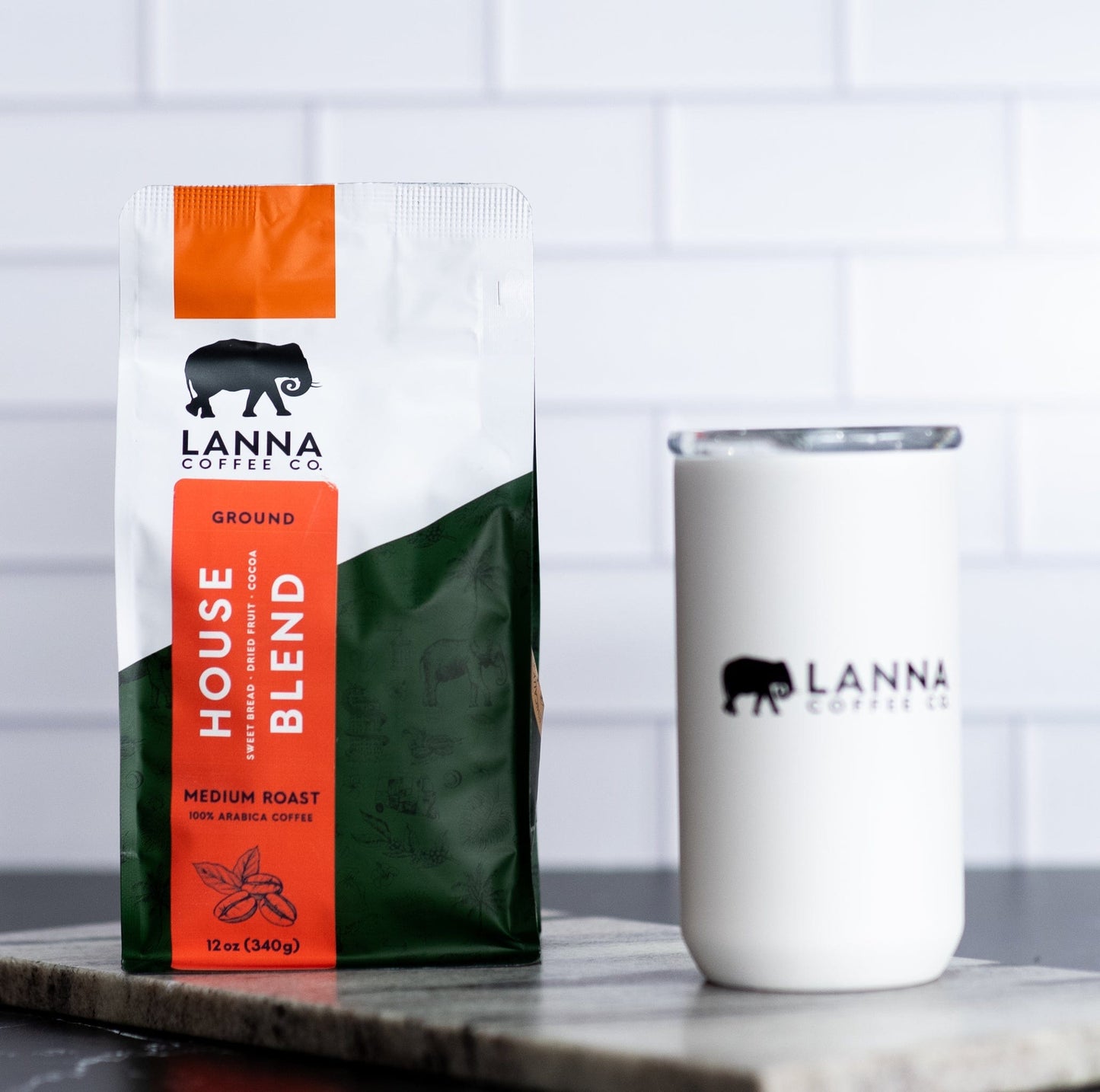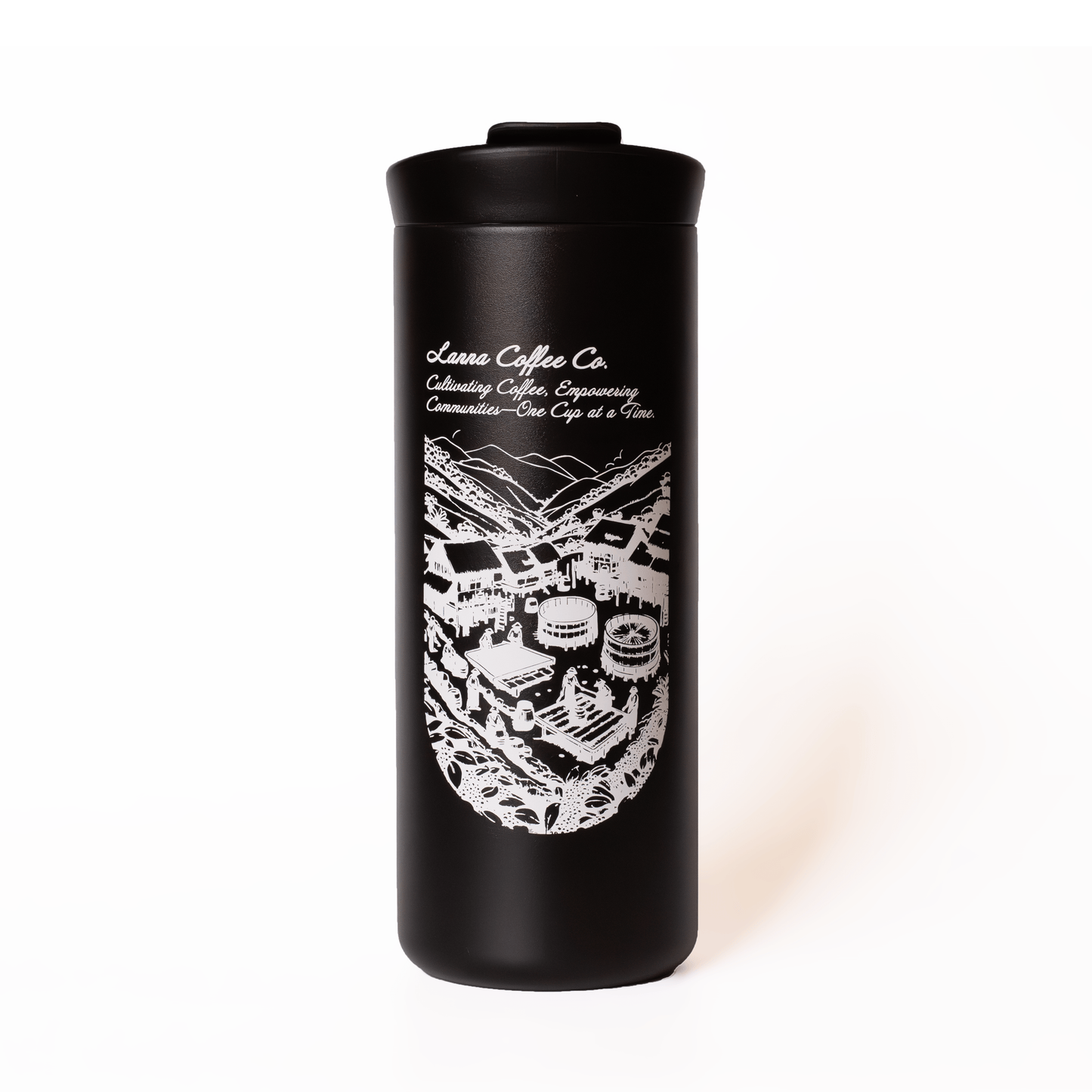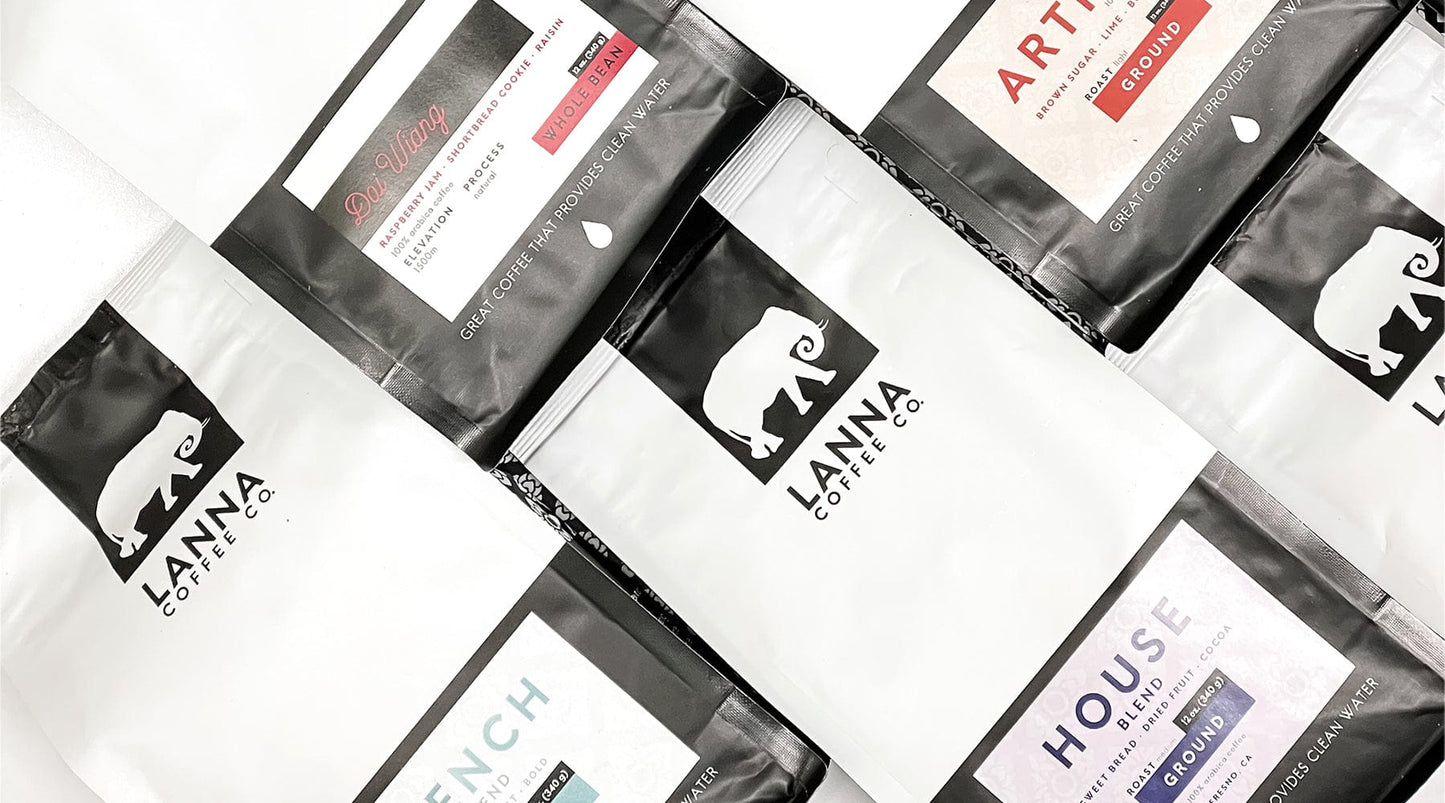
WRITTEN BY: ZOE DUMAS
Nothing is quite as refreshing as an ice-cold drink on a sweltering Summer’s day. There’s no better way for coffee-lovers to quench their thirst than with a freshly-brewed glass of cold brew. Whether you take it sweet and creamy or straight up, cold brew is a refreshing drink that’s sure to put some pep in your step.
But as many cold-brew fans can tell you, daily visits to your favorite coffee shop start to add up fast. Fortunately for us, cold brew is probably one of the simplest ways to brew coffee at home!
WHAT IS COLD BREW?
“What is cold brew?” some of you may be asking. Put simply, cold brew is coffee that’s been steeped in cold water for a long period of time. Over the past several years, cold brew has become a staple in the coffee scene; however, this brewing method has its roots in centuries-old techniques.

“Why bother with cold brew now?” you may wonder. After all, we aren’t on a wooden ship in the middle of the Atlantic: we have heat. Well, if you’ve ever tasted cold brew and iced coffee side-by-side, you already know.
COLD BREW VS. ICED COFFEE
Typically, iced coffee is brewed hot and extra-concentrated before being poured over ice. More often than not, coffee brewed this way is exceptionally bitter and unappealing. The heat used draws out most of the coffee’s bitter-tasting notes, and the cold ice annihilates any delicate complementary notes. When a cup of coffee is hot, the bitter flavors are complemented by the lighter sugar and acid notes. To match the level of complexity offered by hot coffee in an iced coffee, cold brew is the way to go.
HOW TO MAKE COLD BREW
“I get it!” you say. “Cold brew is awesome. So how do I make some for myself?” It’s easy! We’ll start by gathering a few things.
Cold brew only takes a few supplies and ingredients: coffee, cold water, a vessel, and a strainer. That’s it! Depending on who’s brewing and what equipment they’re using, the process may vary slightly, but this should at least get you on the right path to brewing stellar cold brew at home.
First things first, coffee. Cold brew can be fairly forgiving, so it’s a great idea to experiment with different types. Light to medium roast coffees are especially great as cold brew because the process highlights coffee’s sweeter notes. Whatever coffee you choose, you’ll want it to be coarse-ground. If the coffee granules are about the size of kosher salt (or even a bit larger), that’s perfect.
 If you’re unsure where to start, our recently released Cold Brew Blend might be the option for you. Crafted specifically for making cold brew, this blend is a pleasant mixture of tangy raspberry, creamy milk chocolate, and sugary graham cracker.
If you’re unsure where to start, our recently released Cold Brew Blend might be the option for you. Crafted specifically for making cold brew, this blend is a pleasant mixture of tangy raspberry, creamy milk chocolate, and sugary graham cracker.If you go with a vessel sans filter, then you’ll also need a way to strain your cold brew once it’s ready. One option is to use a strainer bag, which you fill with coffee and steep much like you would a bag of tea. Another option is to let the coffee steep directly in the water, after which you can filter out the grounds with a strainer, cheesecloth, or a combo of the two. Even if you’ve opted for the French Press method, it’s not a bad idea to have a second strainer handy for filtering out any errant grounds.
And now, we brew. There are loads of recipes out there for cold brew, but we recommend starting with a ratio of one part coffee to ten parts water. This results in a concentrated brew that can be diluted whenever you’re ready to drink, plus the concentrate has a longer shelf life. After you’ve made a batch or two, experiment with different ratios of water to coffee to find the perfect brew for you.
Start by measuring out the proper amount of coffee and water depending on the amount of cold brew you want to make. For instance, if you use 1.6 oz of coffee, you’ll add 16 oz of water to get about 16 oz of cold brew concentrate. Combine the water and coffee by gently agitating the grounds, ensuring that all are evenly saturated. If you’re using a bag, give it a quick massage under the water for the same effect. Once that’s done, cover your vessel and put it in the fridge.
And now, the hardest part of all: waiting. 24 hours is fairly standard brew time for cold brew, so start there and begin experimenting with future brews to find the perfect brew time for this particular coffee. The perfect glass of cold brew should be balanced and rather mellow, with mild acidity and just a hint of bitterness.
Pour yourself a glass and dilute it with water, milk, or creamer to your taste. Raise a glass to yourself: you just made cold brew at home. It’s a fairly simple process that mostly requires patience and time, but making cold brew for yourself is cost-effective, convenient, and delicious.


